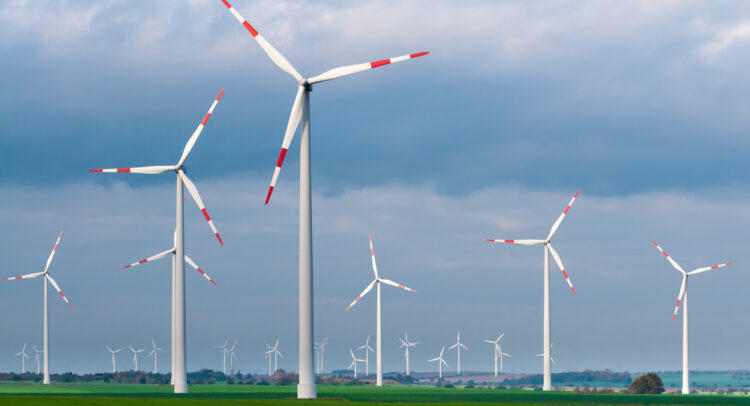Technip Energies NV ((FR:TE)) has held its Q2 earnings call. Read on for the main highlights of the call.
Claim 70% Off TipRanks This Holiday Season
- Unlock hedge fund-level data and powerful investing tools for smarter, sharper decisions
- Stay ahead of the market with the latest news and analysis and maximize your portfolio's potential
Technip Energies NV’s recent earnings call conveyed a cautiously optimistic sentiment, highlighting significant revenue and EBITDA growth alongside robust free cash flow. The company showcased strong performance in project delivery and the Technology, Products & Services (TPS) segments. While there were challenges such as a decline in TPS revenue, increased corporate costs, and adverse foreign exchange impacts on the backlog, the overall financial performance and strategic achievements suggest a positive outlook.
Strong Revenue and EBITDA Growth
Revenue for Technip Energies increased by 15% year-over-year to EUR 3.6 billion, with EBITDA rising by 13% to EUR 319 million. This robust financial performance was driven by high activity on LNG projects and new project ramp-ups, underscoring the company’s strong market position.
Significant Free Cash Flow
The company achieved a remarkable free cash flow conversion from EBITDA of approximately 100%, resulting in a 35% growth in free cash flow year-over-year. This reflects strong operational execution and highlights Technip Energies’ financial health.
Major Project Award for Low-Carbon Ammonia Facility
Technip Energies secured a major project delivery award for the world’s largest low-carbon ammonia facility for CF Industries in the U.S. This award contributes to a substantial backlog of EUR 18 billion, reinforcing the company’s strategic focus on sustainable projects.
Successful Execution in Technology, Products & Services (TPS)
The TPS segment experienced a 240 basis points increase in EBITDA margin year-over-year to 15.1%. This growth was driven by the completion and delivery of ethylene furnaces and other high-margin activities, showcasing the segment’s successful execution.
Geographical and Market Diversification
Technip Energies has made significant strides in geographical and market diversification, with approximately 70% of orders over the last 18 months originating from regions beyond the Middle East. Decarbonization-related orders now represent nearly 40% of total order intake, highlighting the company’s strategic shift towards sustainable solutions.
Challenges in TPS Revenue
Despite overall success, the TPS segment faced a 5% decline in revenues year-over-year due to a decrease in proprietary equipment contributions. However, this was partially offset by robust volumes in consultancy services.
Impact of Corporate Costs
Corporate costs rose to EUR 33 million, influenced by supplemental French social charges and share price increases, impacting long-term incentive plans. This increase in costs presents a challenge to the company’s financial performance.
Foreign Exchange Impact on Backlog
The backlog was affected by adverse foreign exchange impacts, although it remained at a high level due to major project awards. This highlights the challenges posed by currency fluctuations on the company’s financial metrics.
Nonrecurring Expenses
Nonrecurring expenses were materially higher year-over-year, acting as a headwind to EPS growth. These expenses were primarily due to investments in adjacent business models like Reju, reflecting the company’s strategic investments.
Forward-Looking Guidance
Technip Energies provided robust guidance metrics for the first half of 2025. The company expects continued revenue growth of 15% to EUR 3.6 billion and an EBITDA increase of 13% to EUR 319 million with an 8.7% margin. The backlog stands at EUR 18 billion, equivalent to 2.6 times the 2024 revenues. The TPS segment’s EBITDA margin is expected to expand further, with full-year guidance raised to a range of 14% to 14.5%.
In conclusion, Technip Energies NV’s earnings call reflected a cautiously optimistic outlook, with significant revenue and EBITDA growth, robust free cash flow, and strategic achievements in project delivery and diversification. Despite challenges such as increased corporate costs and foreign exchange impacts, the company’s strong financial performance and forward-looking guidance suggest a positive trajectory for the future.
















